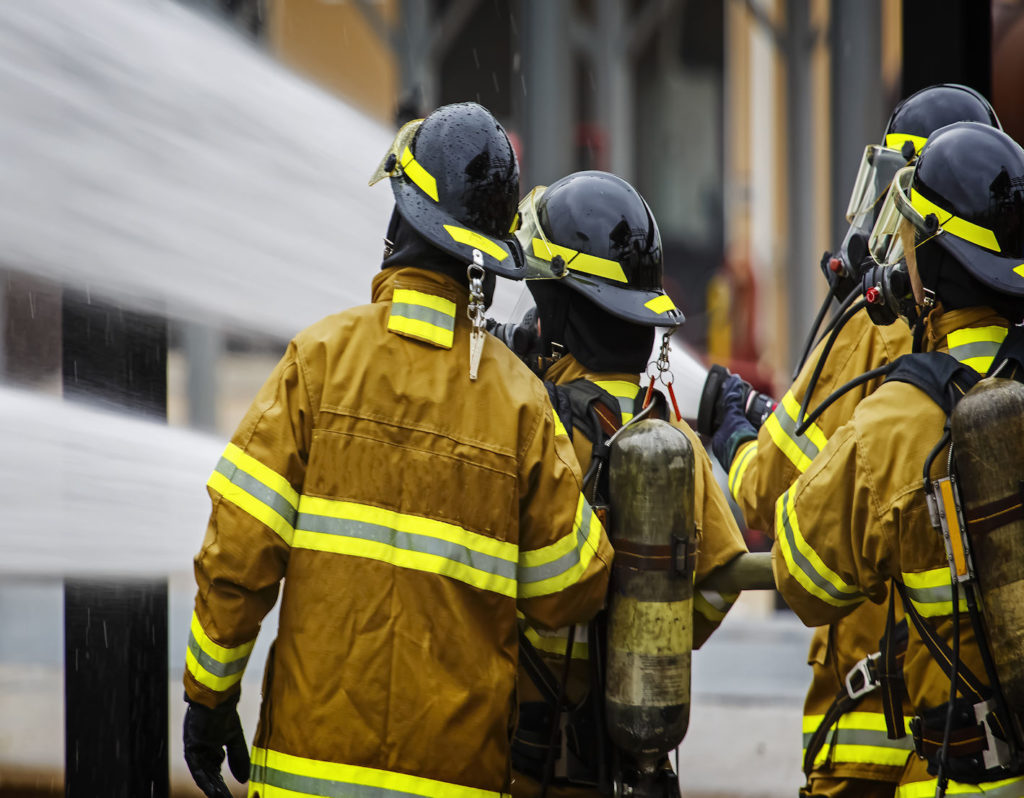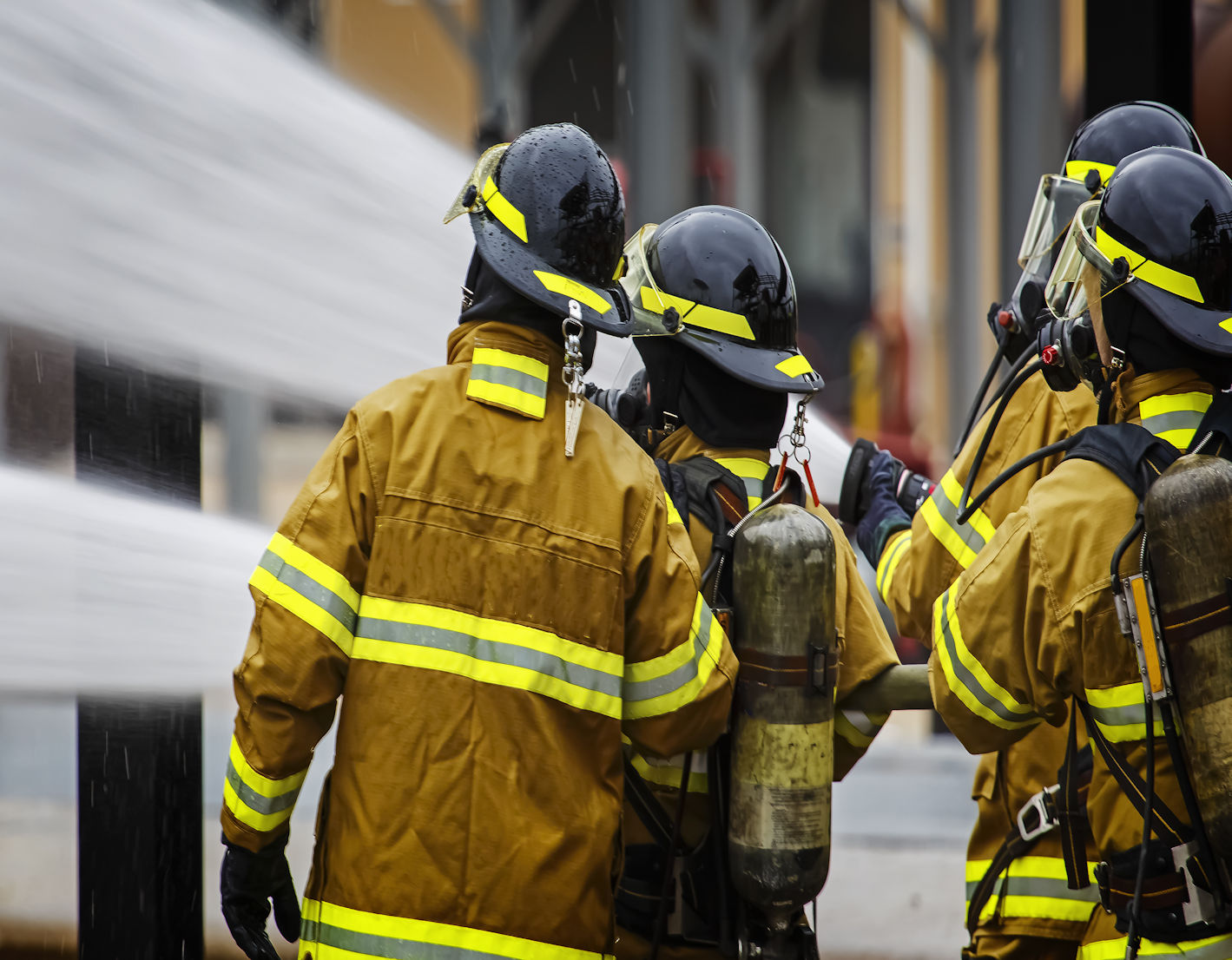 When talking about balancing life safety with school security, common arguments for relaxing life safety requirements are “it has been more than 50 years since the last school fire” or “all schools have sprinkler systems that would put the fire out.” While it’s true that the last school fire with 10 or more deaths was more than 50 years ago (NFPA data), fires in today’s schools are not uncommon, and many schools do not have sprinkler systems.
When talking about balancing life safety with school security, common arguments for relaxing life safety requirements are “it has been more than 50 years since the last school fire” or “all schools have sprinkler systems that would put the fire out.” While it’s true that the last school fire with 10 or more deaths was more than 50 years ago (NFPA data), fires in today’s schools are not uncommon, and many schools do not have sprinkler systems.
Having access to verifiable data during these discussions is critical – otherwise it’s easy to believe that school fires are no longer a threat, and that free egress is less important than it once was. We hear much more often about school shootings than school fires, but according to the NFPA, there are an average of approximately 5,000 school fires each year. The NFPA’s fact sheet on Structure Fires in Educational Occupancies shows an average of 4,980 structure fires in educational properties in 2011–2015, annually. More recent research from the NFPA shows an average of 4,859 in educational occupancies between 2013-2017.
I have been working with Laura Frye of the Door Security and Safety Foundation to put together some statistics on school safety, and last week we were looking for information regarding sprinkler systems in schools. Given that the average age of US school buildings is 44 years old (more info here), many were built before sprinkler systems were required by code. Consider this question…
In the almost-5,000 schools that experienced structure fires each year between the years 2010 and 2014, what percentage of the buildings were equipped with sprinkler systems?
According to the NFPA, approximately 39% of these buildings where fires occurred had sprinkler systems. You can find more information in NFPA’s fact sheet on Sprinklers in Reported U.S. Fires. Although I have not found data on the total number of schools with sprinkler systems (vs. the number that had sprinklers when a fire occurred), my conservative guess is that less than half of US schools have sprinkler systems. This number will grow as new schools are built, but it will take decades to show a substantial increase in the percentage.
To recap…
Fires don’t happen in schools any more? Not true – almost 5,000 fires occur in schools each year, causing an average of of one civilian death, 70 civilian injuries, and $70 million in direct property damage.
All schools have sprinkler systems to put out the fire? Not even close – this one is a little harder to define, but based on past fires where 39% of the schools had sprinkler systems, maybe half of all schools have sprinklers (if you have data on this, let me know!).
Free egress and fire protection are just as important as ever. We need to keep using verifiable data when discussing school safety and security, rather than anecdotal evidence and conjecture. That’s the only way we’re going to keep security safe. What other data would be helpful to have when these discussions occur?
You need to login or register to bookmark/favorite this content.






The easy way I explain it is we have not had mass fire casualties in schools because we have enforced the fire code.
To the extent that you can, along with the simple count of number of sprinklered / unsprinklered schools, it might be informative to know the balance of square footages and enrollments.
In my area, I can think of a school district which resisted including sprinklers until the code changed to require it. The maintenance department thought students would be breaking heads and causing water damage. As far as I know, there haven’t been any such incidents in their newer, sprinklered schools.